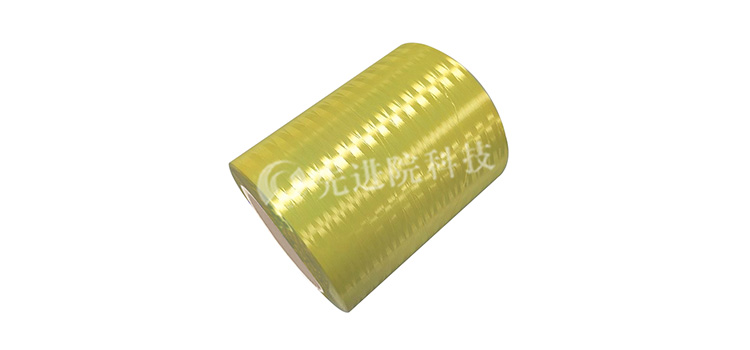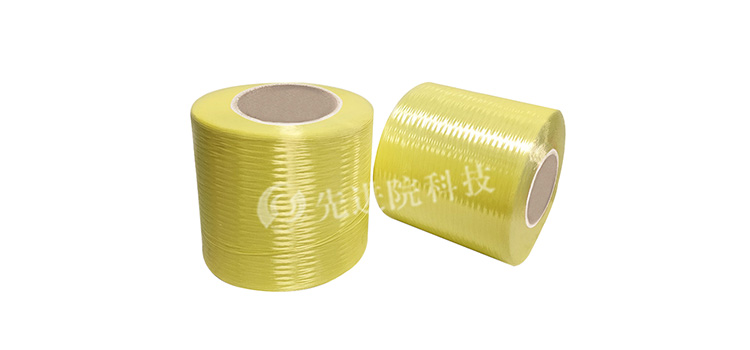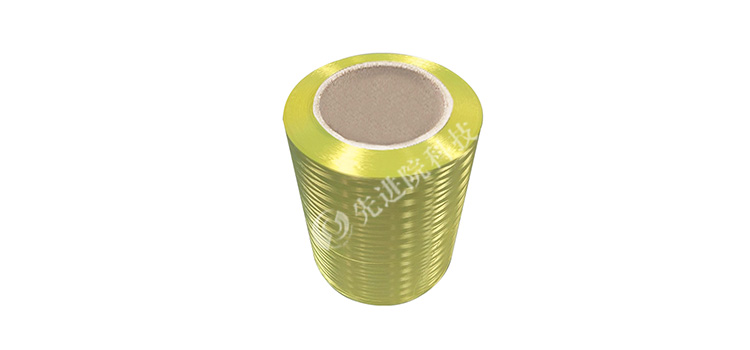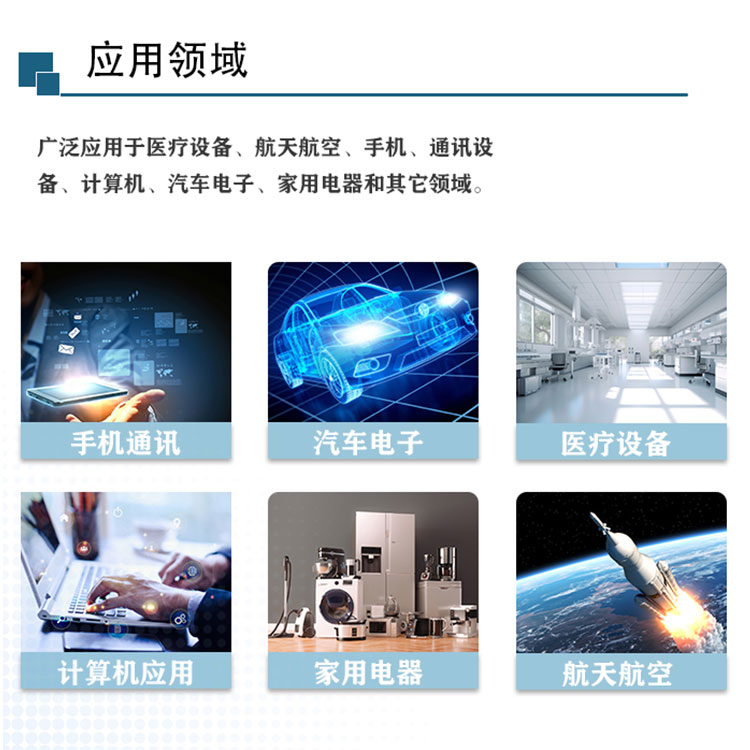Aramid fiber is a new type of high-tech synthetic fiber, fully known as aromatic polyamide fiber, abbreviated as AF. This fiber has been widely used in multiple fields due to its excellent performance characteristics.
Main characteristics
- High strength and high modulus: The strength of aramid fiber is extremely high, five to six times that of steel wire, and the modulus is two to three times that of steel wire or glass fiber. At the same time, its toughness is better than that of steel wire, twice that of steel wire.
- Lightweight: Despite its extremely high strength, aramid fiber is very lightweight, only about one-fifth of steel wire, which gives it a significant advantage in situations where weight reduction is needed.
- High temperature resistance: Aramid fibers can maintain stability in high temperature environments, such as not decomposing or melting at a temperature of 560 degrees Celsius, which provides the possibility for their application in high-temperature fields.
- Acid and alkali resistance and corrosion resistance: Aramid fiber has good resistance to corrosive substances such as acid and alkali, and can be used for a long time in harsh environments without damage.
- Insulation and anti-aging: aramid fiber also has good insulation and anti-aging properties, which can extend the service life of the product.

application area
Due to its unique properties, aramid fibers are widely used in multiple fields:
- Protective equipment: The most well-known application is in personal protective equipment such as bulletproof vests and stab proof suits, as well as in the protective layer of armored vehicles.
- Aerospace: Used in the manufacturing of aircraft, rockets, and other aerospace vehicles to enhance structural strength and reduce weight.
- Sports equipment: used for producing high-performance sports equipment, such as bicycle tires, golf clubs, rowing paddles, etc.
- Industrial products: As reinforcement materials for composite materials, used in the manufacture of industrial products such as high-pressure vessels and conveyor belts.
- Building reinforcement: used for the reinforcement and repair of buildings, improving the durability and safety of the structure.
- Friction material: Used as a friction material for brake pads, clutch plates, etc., due to its wear resistance and high temperature resistance.
- Rope and cable: Due to their strength and lightweight characteristics, they are also used to make high-strength ropes and cables.

Production process
- Aggregation reaction: Firstly, aromatic diamines and aromatic anhydrides undergo condensation reaction in a solvent to generate poly (phenylene terephthalamide).
- Spinning process: Dissolve the polymer in a suitable solvent, then form fine filaments through a spinning plate, and solidify through a coagulation bath.
- Stretching treatment: By high-temperature stretching treatment, the fiber structure is made denser and its mechanical properties are improved.
- Post processing: Further post-processing steps such as cleaning and drying are carried out to obtain the final product of aramid fiber.










